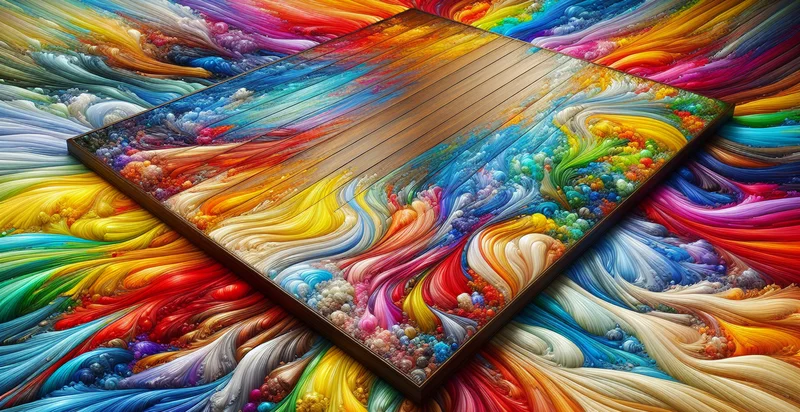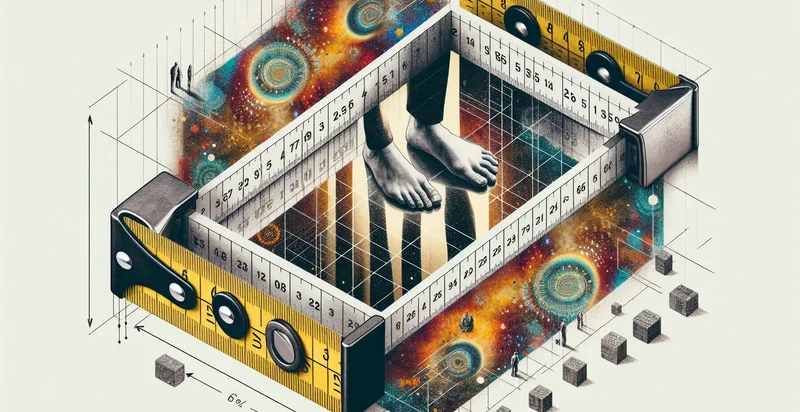Identify the color of a table
using AI
Below is a free classifier to identify the color of a table. Just upload your image, and our AI will predict the color of the table - in just seconds.

Contact us for API access
Or, use Nyckel to build highly-accurate custom classifiers in just minutes. No PhD required.
Get started
import nyckel
credentials = nyckel.Credentials("YOUR_CLIENT_ID", "YOUR_CLIENT_SECRET")
nyckel.invoke("the-color-of-a-table", "your_image_url", credentials)
fetch('https://www.nyckel.com/v1/functions/the-color-of-a-table/invoke', {
method: 'POST',
headers: {
'Authorization': 'Bearer ' + 'YOUR_BEARER_TOKEN',
'Content-Type': 'application/json',
},
body: JSON.stringify(
{"data": "your_image_url"}
)
})
.then(response => response.json())
.then(data => console.log(data));
curl -X POST \
-H "Content-Type: application/json" \
-H "Authorization: Bearer YOUR_BEARER_TOKEN" \
-d '{"data": "your_image_url"}' \
https://www.nyckel.com/v1/functions/the-color-of-a-table/invoke
How this classifier works
To start, upload your image. Our AI tool will then predict the color of the table.
This pretrained image model uses a Nyckel-created dataset and has 16 labels, including Beige, Black, Blue, Brown, Gray, Green, Metallic, Multi-Color, Orange and Pink.
We'll also show a confidence score (the higher the number, the more confident the AI model is around the color of the table).
Whether you're just curious or building the color of a table detection into your application, we hope our classifier proves helpful.
Related Classifiers
Need to identify the color of a table at scale?
Get API or Zapier access to this classifier for free. It's perfect for:
- Retail Inventory Management: Retailers can utilize the false image classification function to automate the identification of table colors in their inventory. This allows for better categorization and organization of products based on color, streamlining the process of stock management and enhancing the shopping experience for customers.
- Interior Design Tool: Interior designers can integrate this function into their design software to quickly assess the color of tables in client spaces. By analyzing the color, designers can suggest complementary colors and furnishings, fostering cohesive interior designs tailored to clients' tastes.
- E-commerce Product Categorization: E-commerce platforms can deploy this function to automatically tag and categorize tables based on their color when new products are uploaded. This improves search functionality for customers, allowing them to filter products more easily and increasing the likelihood of sales.
- Social Media Content Curation: Social media managers can leverage the false image classification function to analyze images of tables shared by users. By identifying the colors, managers can curate visually appealing content that aligns with specific color themes or campaigns.
- Augmented Reality Apps: Developers of augmented reality (AR) applications can utilize this function to enhance user experiences by accurately recognizing table colors within environments. This enables users to visualize how different colored tables would look in their homes or offices, improving product engagement.
- Digital Marketing Campaigns: Marketers can use the false image classification function to analyze which table colors are trending on social media and adjust their campaigns accordingly. By focusing on popular colors, businesses can create targeted ads that resonate more with consumer preferences.
- Home Staging Services: Home staging companies can apply this function to analyze existing furniture color in homes they intend to stage. Understanding the color of tables allows them to choose appropriate decor and furnishings that enhance the visual appeal of properties, increasing their chances of sale.


